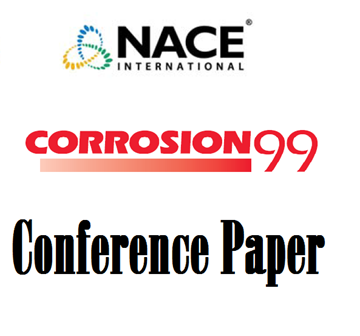Search
99564 ANALYSIS OF A CORROSION FAILURE ON A PRESTRESSED CONCRETE CYLINDER PIPE
Also Purchased
96322 CATHODIC PROTECTION OF PRESTRESSED CONCRETE CYLINDER PIPE UTILIZING ZINC ANODES
Product Number:
51300-96322-SG
ISBN:
96322 1996 CP
$20.00
98637 CATHODIC PROTECTION CRITERIA FOR PRESTRESSED CONCRETE PIPE
Product Number:
51300-98637-SG
ISBN:
98637 1998 CP
$20.00
99543 IN SEARCH FOR CRITERIA TO AVOID EMBRITTLEMENT ON PRESTRESSED CONCRETE PIPE
Product Number:
51300-99543-SG
ISBN:
99543 1999 CP
Publication Date:
1999
$20.00




